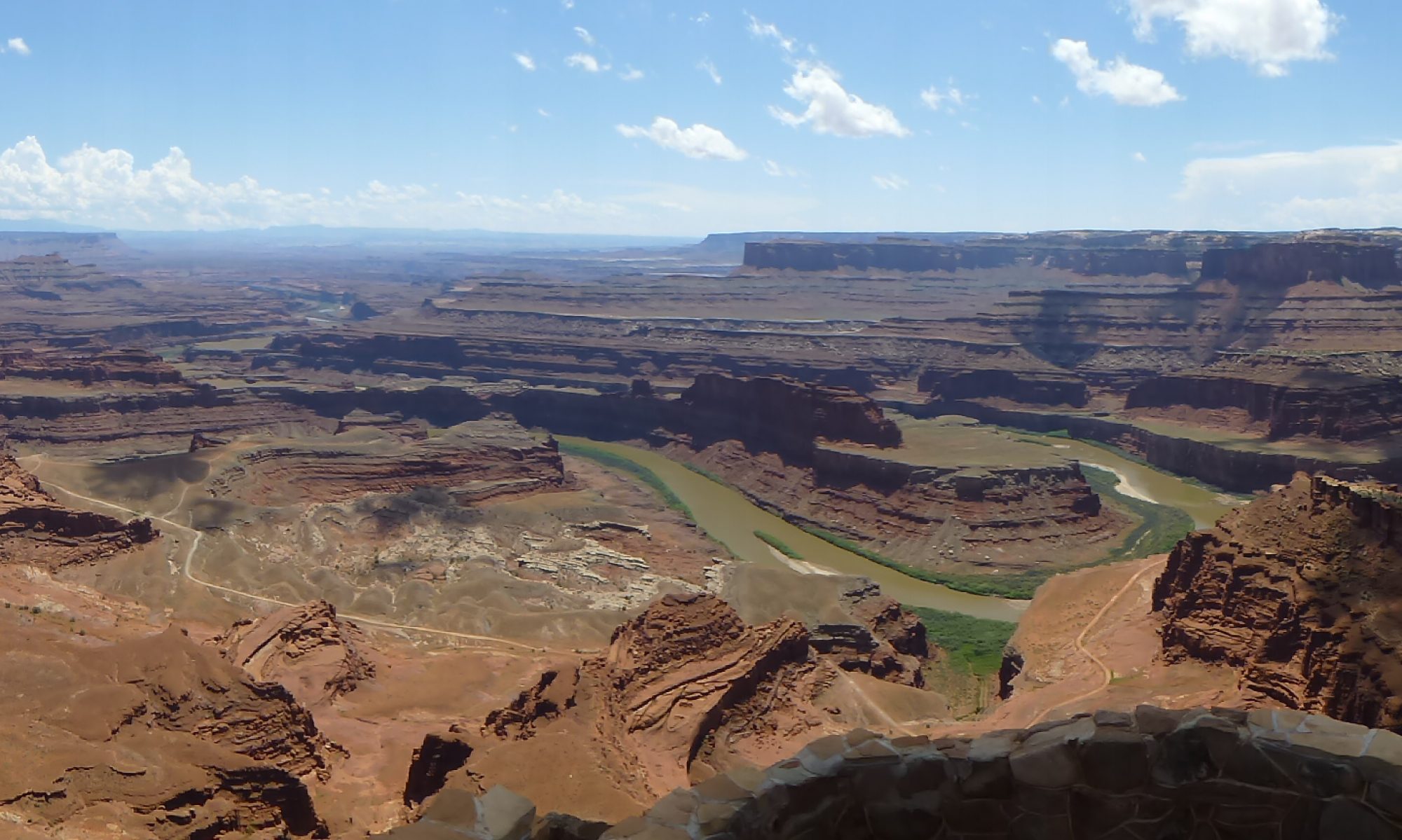Next week I’ll be exploring Silicon Valley. It’s not my first time there but the first time I’ve been there on holiday. Despite working within the semiconductor industry I’ve rarely had the opportunity to visit and get to know the area.
Why am I so interested in the place? The answer is simple. What has and continues to come out of Silicon Valley has been omnipresent throughout my career. When I was about 10 years old I started to learn about electronics. First experimenting with a lump of germanium crystal, then a bit later with a single OC71 transistor. No wonder I followed my interest to college and ultimately into the Merchant Navy as a Radio and Electronics officer. Amateur radio became a hobby too. Today I’d be called a maker but back then you were a hobbyist or a ‘radio ham’. The terms geek or nerd hadn’t come into common parlance.
A lot of my studies involved the use of valves, in fact a lot of the equipment I used at sea used valves. We’re talking about the mid 70s and digital logic was just working its way into communications equipment. But back to Silicon Valley. What was responsible for locating this globally important industry where it is?
The majority of early semiconductor research took place on the east coast of the US, Bell Labs at Murray Hill, New Jersey to be exact. William Shockley, John Bardeen and Walter Brattain are the main characters in the early chapters of this story1 but many more scientists were involved. As transistor innovation gathered momentum so did the commercial pressures and rivalry. In the melee that ensued, William Shockley decided to look for a way to establish his own semiconductor company. After some false starts Shockley found financial support from the CEO of Beckman Instruments, Arnold Beckman. Beckman already had operations in southern California, but it was Stanford’s dean of engineering, Frederick Terman that encouraged him to base his operations close to the Stanford campus commenting that it “would be mutually advantageous”. Stanford University, established by railroad baron Leland Stanford, was well established as a leading electrical and electronic research centre by that stage.
Shockley Semiconductor was established in Mountain View in 1956 and had mixed fortunes. Unfortunately Shockley’s style of management appeared to be rather erratic and challenging for those working with him, which by 1957 included Gordon Moore, Robert Noyce, Sheldon Roberts, Vic Jones and Jay Last. The management problems continued until 18 Sept 1957 when eight staff resigned together, as Shockley termed them, “the traitorous eight” which included Moore and Noyce. The following day the group of eight signed an agreement with Fairchild Camera and Instruments to establish Fairchild Semiconductor. Overnight the number of semiconductor companies in the area had doubled.
Fairchild’s team led the development of the integrated circuit, and Moore and Noyce left to form Intel in 1968. By 1971 when the first use of the term Silicon Valley was used, the area was host to a fast growing collection of companies involved in semiconductor design. The growth of personal computing led to the other major group of Silicon Valley companies, that of software companies.
Within a relatively short period of time Silicon Valley has expanded to include computer manufacturers, peripheral systems, software authors, and the founding fathers, the semiconductor companies.
Follow me as I report on my visits the many museums and historical sites on roberthuntley.com
*1 If you’d like to find out the detail behind the invention of the transistor I highly recommend the book Crystal Fire written by Michael Riordan and Lillian Hoddeson. ISBN 0-393-31851-6.
** UPDATE 29 July 2017
A big thanks to Mark Hughes of Flexera who sent me this link. The late Rob Walker of LSI Logic worked with Stanford University Library to create an oral history archive of the many untold stories behind the formation and growth of Silicon Valley.



























































